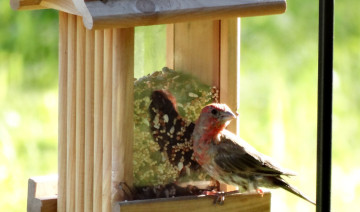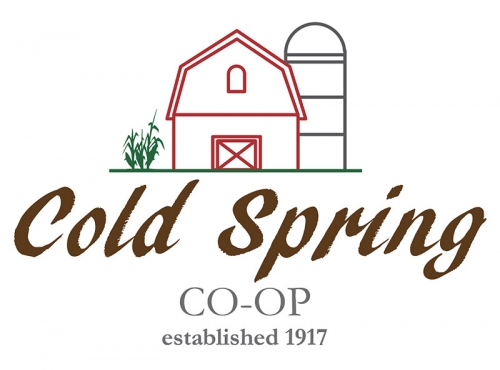
Keeping Our Feathered Friends Fed: Essential Bird Feeder Maintenance Tips
Bird feeders are not only a delightful addition to any backyard, but they also provide essential nourishment for our feathered friends, especially during times when food is scarce. To ensure that our avian visitors stay healthy and happy, it's crucial to maintain our bird feeders properly. In this blog post, we'll explore some essential tips for bird feeder maintenance to keep the food flowing and the birds flocking.
- Regular Cleaning: One of the most important aspects of bird feeder maintenance is regular cleaning. Bird feeders can quickly accumulate debris, mold, and bacteria, which can be harmful to birds. Clean your bird feeders every 1-2 weeks using a solution of mild dish soap and warm water. Rinse thoroughly and allow them to dry completely before refilling.
- Check for Damage: Inspect your bird feeders regularly for any signs of damage, such as cracks, holes, or loose parts. Damaged feeders can not only pose a safety hazard to birds but also allow moisture to seep in, leading to mold growth and spoilage of the seed. Repair or replace damaged feeders promptly to ensure the safety of your avian visitors.
- Rotate Feeders: To prevent the buildup of mold and bacteria, consider rotating your bird feeders and using different feeding stations throughout the year. This also helps minimize competition among birds and ensures that all visitors have access to food. Additionally, rotating feeders allows you to clean and maintain them more effectively.
- Use Quality Seed: The quality of the seed you provide can have a significant impact on the health of the birds that visit your feeder. Choose high-quality birdseed that is free from dust, debris, and filler ingredients. Avoid seed mixes that contain cheap fillers like milo, wheat, or cracked corn, as they are often left uneaten and can attract unwanted pests.
- Keep Seed Dry: Moisture can quickly spoil birdseed and lead to the growth of mold and bacteria. Invest in bird feeders with built-in drainage holes or seed trays to allow water to drain away and keep the seed dry. Avoid placing feeders in areas where they are exposed to direct sunlight or rain, and consider using weather guards or shelters to protect them from the elements.
- Monitor Seed Levels: Keep an eye on the seed levels in your feeders and refill them regularly, especially during colder months when food may be scarce. A constant food source is essential for birds' survival, particularly during times of migration or harsh weather conditions.
Conclusion: By following these bird feeder maintenance tips, you can create a safe and welcoming environment for our feathered friends year-round. Regular cleaning, checking for damage, using quality seed, and keeping seed dry are essential practices that will help keep your bird feeders in top condition and ensure that birds continue to visit your yard for nourishment and enjoyment.
